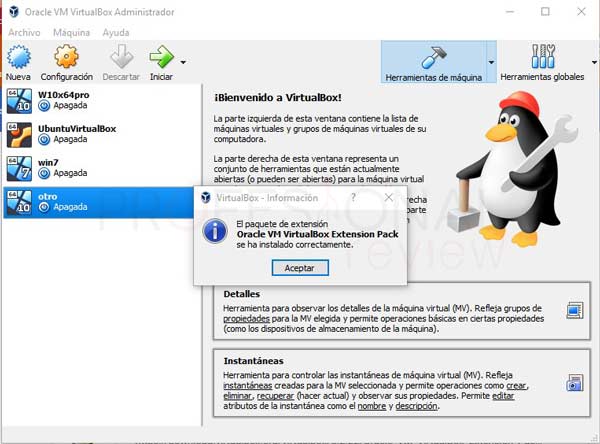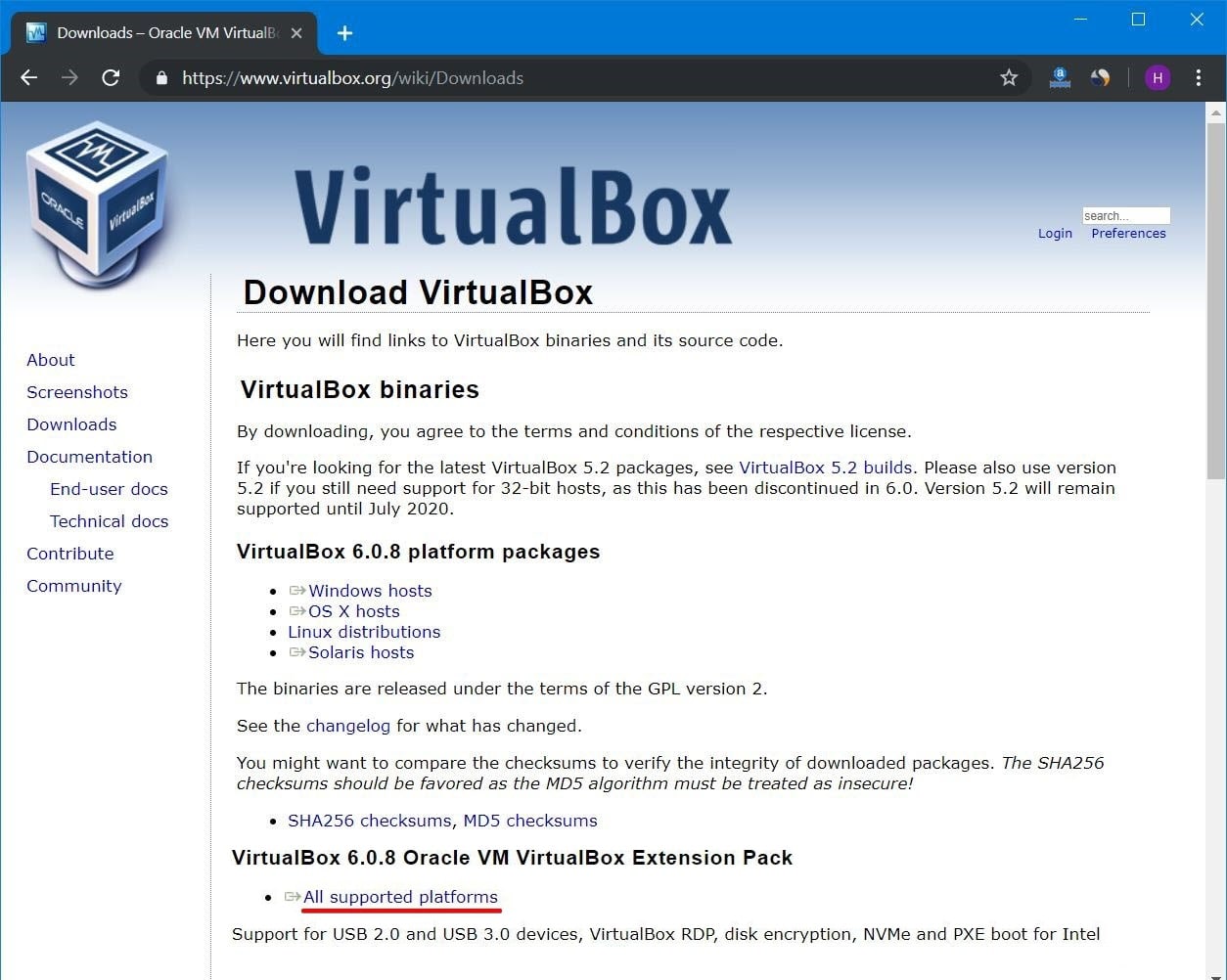
Implemented initial support for automatic updating of Guest Additions for Linux guests.Implemented ability to wait for and/or reboot the guest when updating Guest Additions via VBoxManage.Improved GUI theme support on all platforms – Linux and macOS use native engine while for Windows host it is separately implemented.Virtual machines can be fully encrypted now, including the VM config logs and saved states (CLI only for now).Added a new GUI utility which lists performance statistics (CPU usage, RAM usage, disk I/O rate, etc.) of running guests.The following major features added to VirtualBox 7.0: VirtualBox is a powerful, feature-rich, high-performance and open source x86 and AMD64/Intel64 virtualization solution for both home users and enterprise. VirtualBox 7.0 has been released with plenty of new features waiting for you to explore. $ VirtualBoxĪlternatively start VirtualBox 6.1 on RHEL 8 / CentOS 8 from GUI by navigating to Application > System Tools > Oracle VM VirtualBox.How do I Install VirtualBox 7.0 on Ubuntu 22.04|20.04|18.04?. You have the flexibility of starting Oracle VM VirtualBox program by running the program of your choice ( VirtualBox, VBoxManage, or VBoxHeadless) from a terminal. To rebuild Kernel modules, run: sudo /usr/lib/virtualbox/vboxdrv.sh setup Step 3: Starting VirtualBox To manually add VirtualBox user must to be a member of the group. Any system user who is going to use USB devices from Oracle VM VirtualBox guests must be a member of that group. The installation command will build kernel modules and automatically create vboxusers group. Now install the latest version of VirtualBox 6.1 by running the command: sudo dnf install -y VirtualBox-6.1 sudo dnf -y install binutils kernel-devel kernel-headers libgomp make patch gcc glibc-headers glibc-devel dkms We also need to add EPEL repository: sudo dnf -y install Step 2: Install VirtualBoxĭownload required build tools for VirtualBox. Step 1: Adding VirtualBox / EPEL repositoryĪdd the VirtualBox repository to the local system by downloading virtualbox.repo file and placing it under /etc/ directory.


The installer with automatically builds and installs the Oracle VirtualBox kernel modules: vboxdrv, vboxnetflt, and vboxnetadp. Starting with Oracle VirtualBox, the SSE2 CPU extension is required. The installation should be straightforward on any Linux system with Linux kernel 2.6 or 3.x.

Oracle VirtualBox requires an existing OS to be installed and thus run alongside existing applications on that host. Here, We will see how to install VirtualBox on CentOS 8 / RHEL 8. Install VirtualBox on CentOS 8 & also on RHEL 8 Linux.


 0 kommentar(er)
0 kommentar(er)
